Bees Wax: History and Origin
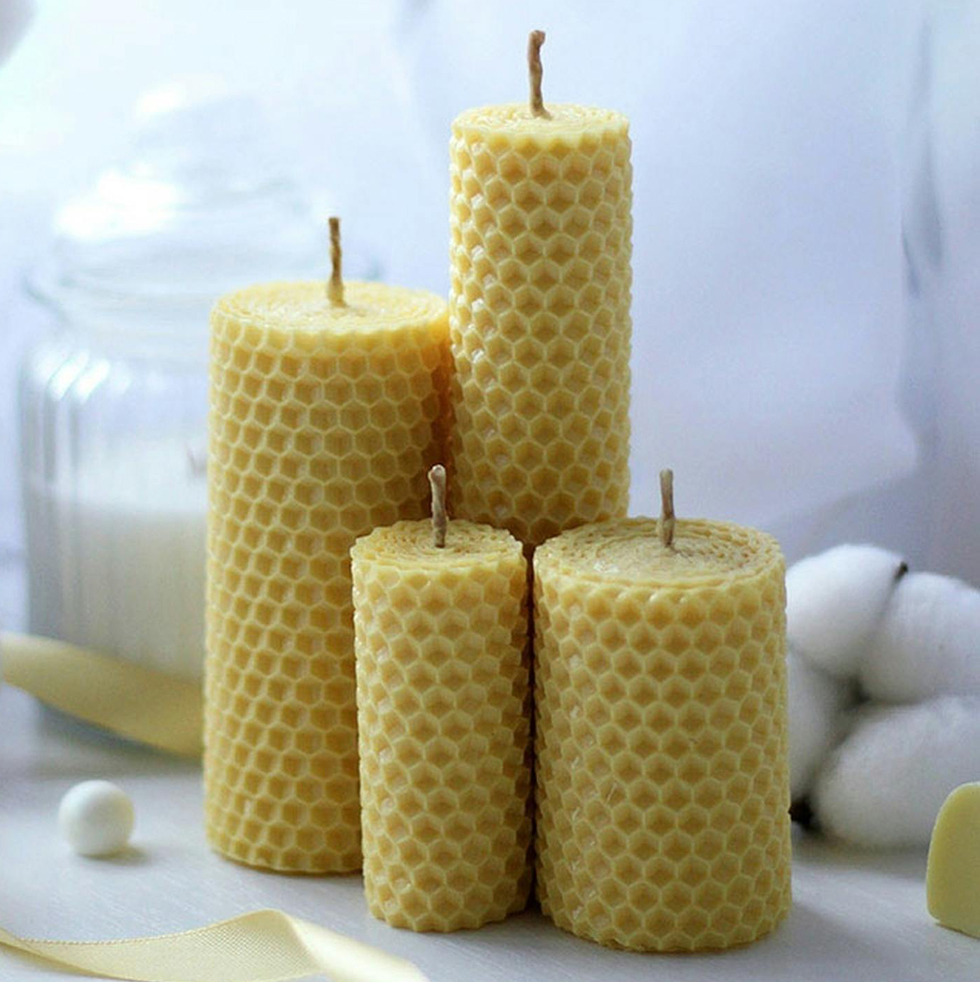
We have often been asked where wax comes from. Well there are many types of waxes. Bees wax has been around for a while. There are many mentions of beeswax in historic writing such as the myth where Icarus son of Daedalus put on wings of wax and as he flew too close to the sun, it melted and Icarus fell to his death.
The father with more experience flew closer to the ground and made it to Italy. In Roman times Pliny, lived from 23 AD to 79 AD and described white bees wax which he got by boiling yellow bees wax in salt water. This was then used in broth and feed to those with dysentery, it was also used as a skin softener.
Some beeswax to this day is used in cosmetics. Virgil the great Roman Poet (well I do not think the stuff is that good) wrote of an invention by Pan, who was the guardian of the bees (an ancient bee keeper man) made a flute of reeds held together by bees wax. During the Middle Ages wooden panels covered with beeswax was noted by Homer a Greek poet. Many Romans were honored by having statues made of them selves made in bees wax and thus today we have the Movie Land Wax Museum in LA. Romans also wore Death Masks as well occasionally. The Egyptians used wax figures of deities in funeral ceremonies and placed them in graves. In 400 BC Greek Historians say that Persian coated bodies were a form of embalming. The Assyrians covered bodies with bees wax and then dipped the bodies in honey? Hey honey, who knows? In 181 BC when the Romans defeated the Corsicans and imposed a tax of 100,000 lbs of bees wax.
The Romans demanded bees wax when they conquered the city of Trebizond in the first century AD. In Medieval European times wax was a a unit of trade for taxes or other. In 1330 farmers in one region of France paid 2 lbs of bees wax per year. On 1632 records show that the French Monastery called for rent of 600 lbs. of bees wax per year. Also in 1371 a petition was presented to the London Court of Alderman in behalf of the Worshipful Company of Wax Chandlers, which established them as the world’s oldest English Guild. In 1483 the company received a Royal Charter with authority to oversee the craft of wax chandlery. And when faults were found to punish the offender, which included seizing the wax.
Candles of bees wax were at one time required by the Roman Catholic Church as the exclusive and only candles. The bees were brought to Puerto Rico by the church and the early priests and conquistadors. These same bees although dwarfed in comparison to the original bees are still habiting the island today. Today bee’s wax is sometimes used in Automobile waxes but normally it is most used in furniture wax and polishes. You can make your own wax very easily, my ancestors did on the plantation on Cape Cod. First you need a couple of pots to boil in and a pot of hot water. Liquid Beeswax furniture polish is simple, use one quarter cup of ivory soap, one quarter pound of beeswax, 1 cup of turpentine and half a cup of water. Dissolve the soap in hot water, put the shaved wax into the turpentine and then slowly melt together, then pour the soap mixture into the mix and stir with a wooden spoon, once well stirred pour it into a glass jar and you have it, very easy. Bees wax cream furniture polish which can also be used on cars with lessened amount of turpentine is made by using and mixing quarter lb of beeswax, 2 cups of turpentine, quarter cup of liquid Ivory soap, 1 cup of warm to boiling water and quarter cup of pine oil. The only difference it you have to make sure all the beeswax is dissolved first and cool then mix it into the warm soapy water until it congeals and then reheat together and dissolve. If you reduce the turpentine content you can use it on your car too. It goes on smooth and it works good. Although, I am partial to Carnauba wax for cars for it’s ease of use, but from a realistic standpoint of protection the carnauba only lasts three months while the beeswax melt might last slightly longer.
For solid beeswax furniture polish, which is preferred by the antique dealers we met on the back roads of NH, VT and Maine, all you do is use equal amounts of linseed oil, beeswax and turpentine. The finished product is golden brown and see through and looks rich in content. Now you have smelled lemon oil in furniture polish, which can easily be added to the boiling water during the process. There are many good waxes to use on cars that you would not put on surf boards, furniture or statues. Wax is found in the human ear also. There are two different types and your genetics dictate which one you have. Most plants have a thin protective coating of wax also. Most fruit and citrus trees and vegetables plants have wax on the fruit, leaves and vegetables they produce that we eat. Waxes are also produced by animals and also some fish. Other wax components are found in minerals and petroleum products and distillates. There are Polymer or synthetic, manufactured by man into various types of waxes. We get waxes from a variety of sources really.
The Carnauba we discussed is a preferred wax by many detailers. Carnauba wax is on the leaves of the carnauba palm trees. The best Carnauba wax comes from in my opinion the Palm Trees of Brazil. You can tell a good carnauba wax by the water beads up as you see when you detail your car. Candelilla wax comes from a plant that grows in parts of Mexico, Panama, Costa Rica, Nicaragua and Guatemala and sometimes in the southwestern United States. It is a brown wax and not only have people used it on cars it is used in phonograph records, floor dressings, and candles. Although it is the major component of candle wax, it is mixed in with other waxes normally in the candles we use in our homes.
Polymer wax includes the very popular Teflon, yes a polymer brand Name used by Dupont. Polymer wax is a chain of compounds made of petroleum sources and now a days from Corn products. Polymers, which are strung together are generally applied in specific thicknesses to clear coats on cars and depending on the mixture can be quite incredible indeed. So good in fact that they are often called sealants and some last as long as a year when applied in the right mixtures and thicknesses. The word Polymer is a very vague in this regard since polymers are used to make plastics, coatings and many other products.
Generally short chains of ethlenic polymers are the type that are used by professional automotive detailers and auto detailers a like. Many in the aviation industry use it when doing specialized aircraft cleaning. We estimate that 80% of all automotive detailing and aviation aircraft cleaning commercial wax is petroleum based wax. Petroleum wax is chemically inactive in a sense and probably why it is so widely preferred. It is also cheaper to make than to harvest and has tons of uses. You cannot smell it unless cleaners are added which is often the case, but still it will not react to cause odor.
Bayberry wax, which comes from the berries the shrub with that name is also used in candle making. How is this produced? From bees, the same wax in making hives. Bee’s wax, is used for many things which are common to man; things such as candles, polishes, cosmetics (mostly make-up) crayons, flowers (artificial kind). Bee’s Wax is another wax that yes you can use it on your car and it is hard to spread and it will give off a great shine. The problem is gathers dust too quick, but it does look cool.
Wool wax from animals is also common to man. Lanolin, it is called, after purification is used in soaps in the industry, and also cosmetics as well as certain ointments for first aid. Petroleum wax can also be made hard and then we get a new type of wax. Paraffin; used in paper products (cups, paper plates), graffiti, and petroleum jelly. All Synthetic waxes are compounds of hydrogen, carbon, oxygen, and/or chlorine. Chemists will forever be trying to make the perfect wax for cars, boats, Aircraft to protect us from the harsh climates on the surface of this little blue planet.
And these chemists are driven by desire and need and the possibilities are endless as new compounds are adding to existing ones to bring up whole new blending ideas, some will revolutionize our industry but most will simply be duds. Some will be hyped even though they do not really solve a problem or fix a need. Never the less, the race goes on to find the best and we should be thinking about what is in that product before we put it on a customers car, boat, aircraft or prize possession. This is what the professional detailer does, this is why we are experts in car care and call ourselves auto detailers, rejuvenation specialists and professional auto detailers.
There are so many types of waxes that we know of really. From the organic waxes discussed containing carbon materials, which melt at fairly low temperatures. The chemical and biological make-up of waxes is so diverse and complex as well as consideration for grades, properties, surface uses and life spans that to really understand waxes in depth, but I hope this has cleared up some of the complex issues concerning wax, how it is made and where it comes from.
The Author:
Lance Winslow
Photo. Kristina Umaeva


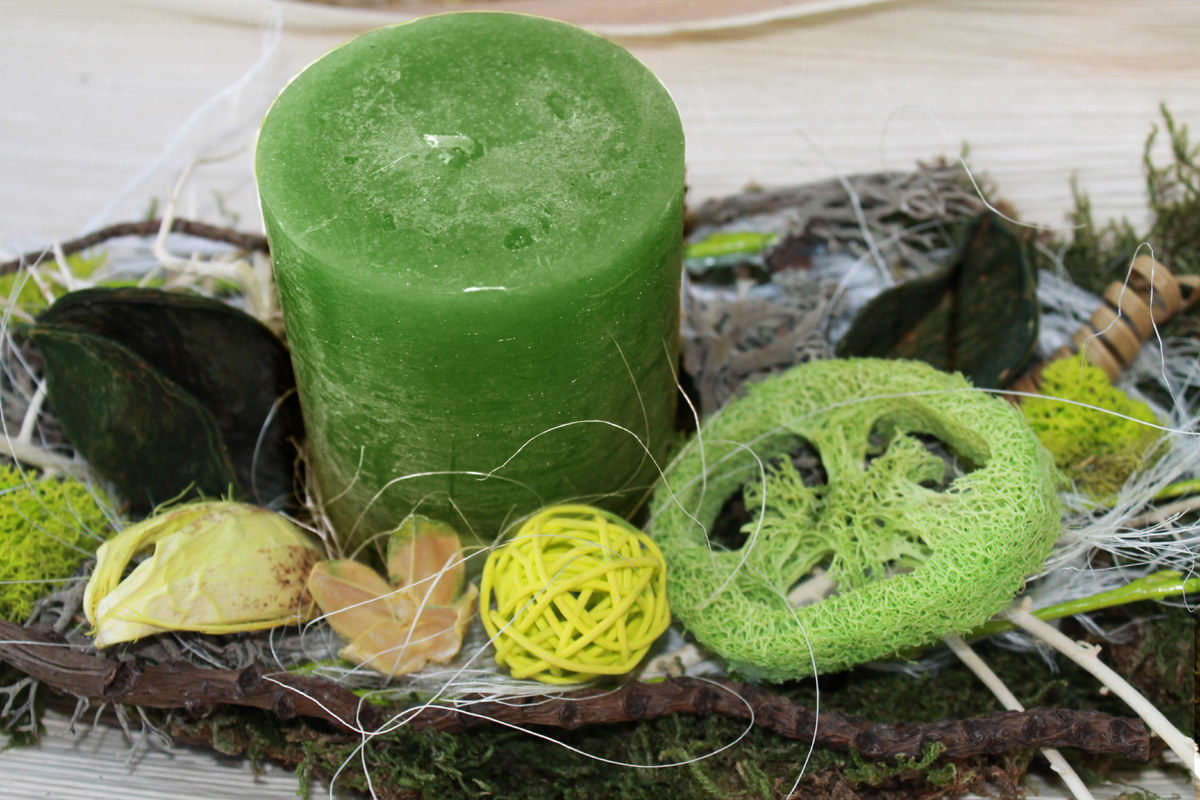
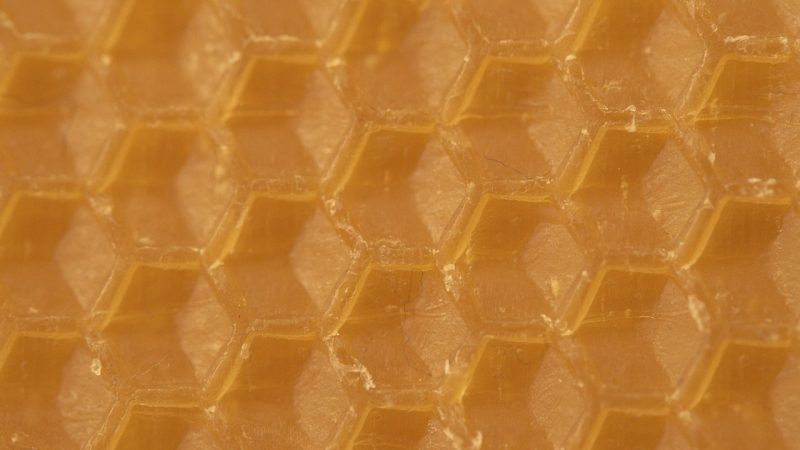
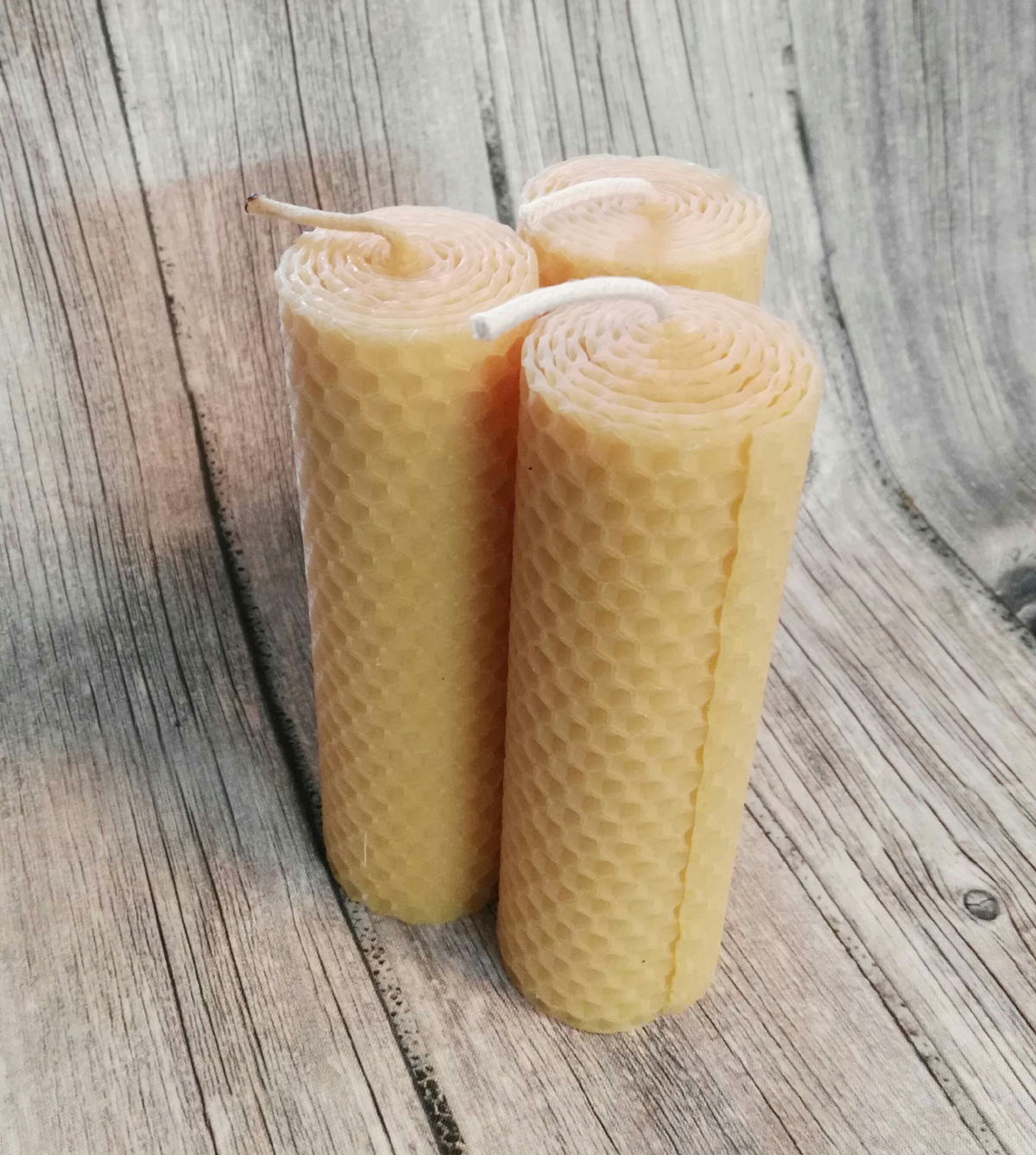
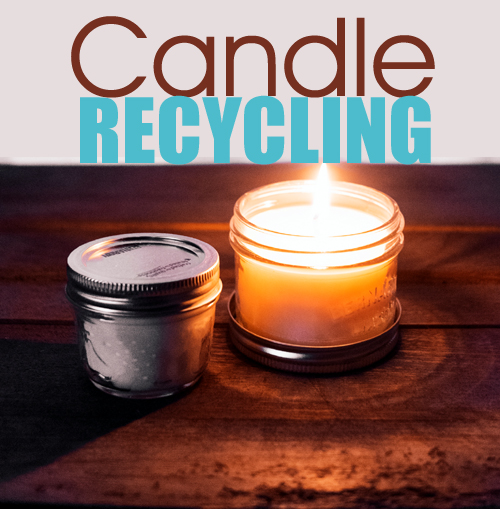
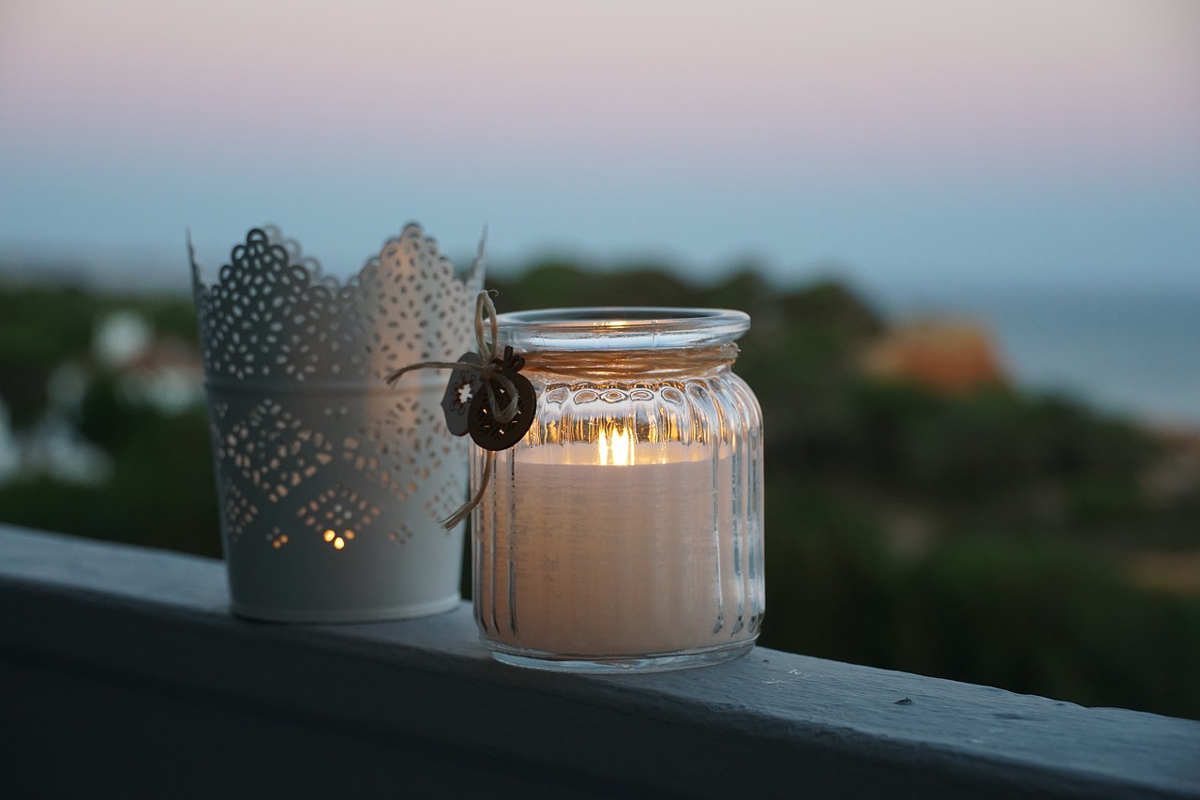
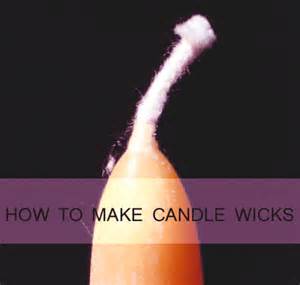
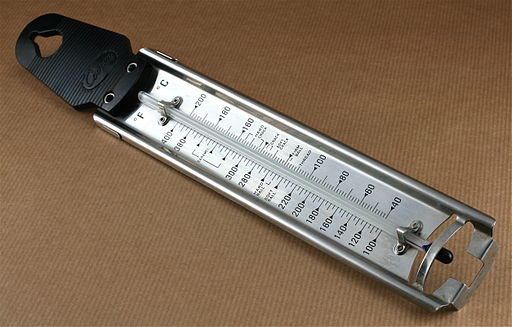
love your post here on the history of beeswax